Da Nang is the 4th largest city in Vietnam after Ho Chi Minh City, Hanoi and Hai Phong in terms of urbanization and socio -economic development. Located on the East Sea coast with the Han River estuary, Da Nang is one of the strategically located port cities in Central Vietnam and is one of the 5 centrally-governed cities.
1. Geographical location
Da Nang City has a natural area of 128,488 hectares (1,284.88 km2), of which Hoang Sa island district is 30,500 hectares. The city has 06 districts: Hai Chau, Thanh Khe, Son Tra, Ngu Hanh Son, Lien Chieu, Cam Le and 02 districts: Hoa Vang and Hoang Sa island district (total land area: 97,988 hectares).
Da Nang has a coastline of about 92 km, a deep-water bay with Tien Sa seaport, a continental shelf with a depth of 200 m, forming a large shallow water belt suitable for the development of a comprehensive marine economy and exchange with foreign countries. The coast has many beautiful beaches such as: Non Nuoc, My Khe, Thanh Khe, Nam O, Lang Van... with many amazing natural landscapes, of great value for tourism and resort development.
Map of districts of Da Nang city (Source: According to the 2018 Statistical Yearbook)
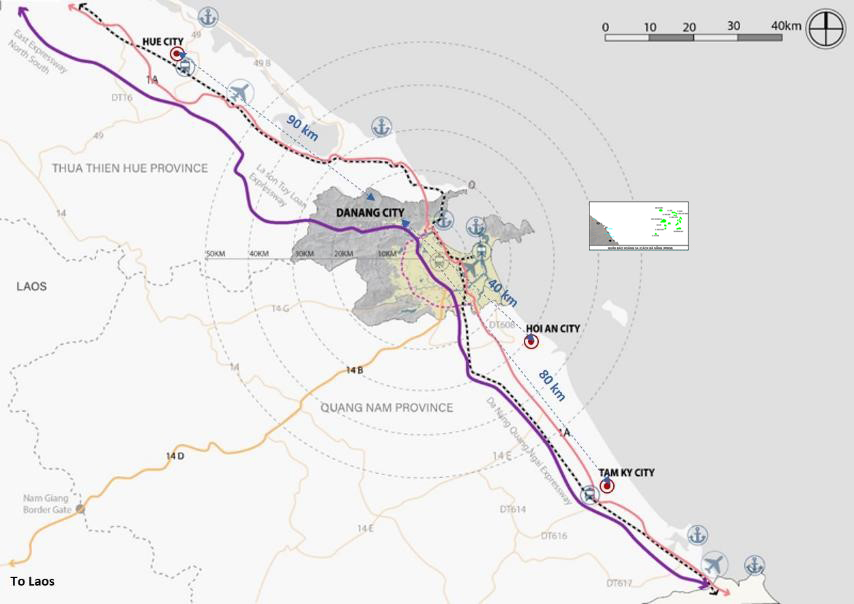
Major and connecting cities in the extended Da Nang
The Greater Da Nang Area includes 4 provinces and cities: Da Nang, Thua Thien Hue, Quang Nam and Quang Ngai with a total population of about 5.8 million people. The main cities of the Greater Da Nang Area within a radius of 100km are Hue, Hoi An and Tam Ky.
a. Seaport
Seaport in Danang expanded
Da Nang Port is the main port in Central Vietnam and the third largest port in Vietnam. Da Nang Port is located in Da Nang Bay with an area of 12km2 and a convenient transportation system. Da Nang Port is currently an important link in the logistics service chain of the Central Vietnam region. Da Nang Port is also chosen as the final point of the East-West economic corridor, connecting the four countries of Myanmar, Thailand, Laos and Vietnam, and is the main gateway to the East Sea for the entire region.
The seaport system associated with logistics services is identified as one of the five economic spearheads mentioned in Resolution 43-NQ/TW of the Politburo on the construction and development of Da Nang city until 2030, with a vision to 2045. Lien Chieu Port is a project included in the Master Plan of Da Nang city until 2030, with a vision to 2045. Lien Chieu Port has a total investment capital (expected) of 7,378.1 billion VND. Of which, the state invests 3,426.3 billion VND, and the private sector invests 3,951.8 billion VND. The project has an investment phase from 2020 to 2025.
b. Airport
To support the growing air traffic, Terminal 2 at Da Nang International Airport came into operation in 2017. In addition, a Terminal 3 has been proposed to further enhance the airport's capacity. However, Da Nang Airport also has the potential to cooperate with other airports in the greater Da Nang area to further increase its capacity. In particular, Phu Bai Airport and Chu Lai Airport are located 64 km north and 86 km south of Da Nang Airport, respectively.
Airport and connections in expanded Danang
c. Integration
The airports and seaports in the greater Da Nang area are now well connected by Expressways and National Highways. Thus, by integrating these important infrastructures and enhancing the connectivity between them, the tourism and logistics potential of Da Nang will be increased. This will create a strong logistics cluster for the greater Da Nang area.
d. Regional terrain
The landscape surrounding Da Nang is a combination of inland hills and coastal plains. The elevation in the area ranges from 0m along the coast in the East to 1,800m, peaking in the West along the slopes of the Truong Son mountain range. The high elevations in the West, between Da Nang and Phu Loc district, are likely to disconnect from the North of Vietnam, and to the West from Laos. Furthermore, these areas are mainly characterized by slopes of more than 40%. This limits the potential development within the areas, creating discontinuities between provinces, leading to a concentration of development along the coast.
Elevation and slope map of the extended Da Nang area
e. Regional hydrology
Major lakes and rivers around and within Da Nang include the Vu Gia - Thu Bon river system in Quang Nam, the Cu De and Han rivers flowing through Da Nang, and the Tam Giang lagoon area in Phu Loc district, Thua Thien Hue province. Together, these sources form the main water source for the region. Many lakes in the area also act as regulating lakes, including Dong Nghe lake and Hoa Trung lake. The high mountainous terrain between Da Nang and Thua Thien Hue province interrupts the hydrological system between the two provinces. From the Vu Gia - Thu Bon river system, the Tuy Loan, Yen, Cai and Qua Giang rivers flow into Da Nang Bay via the Han River.
As the water network connects with Quang Nam, it is important for Da Nang to cooperate to ensure effective water resource management and address climate change challenges.
Hydrological map of the extended Da Nang area
f. Key development nodes
To the north of Da Nang, the Thua Thien Hue province master plan has been approved to establish Chan May port with adjacent industrial zones and surrounding residential areas. To the south, new industrial zones and urban areas are also proposed along National Highway 1A in Dien Ban district and National Highway 14B in Dai Loc district of Quang Nam province.
Key development nodes around Da Nang
g. Connection
Danang's connection with neighboring areas
Currently, there is good connection between Da Nang, Dien Ban district, Quang Nam province and Phu Loc district, Thua Thien Hue province through the national railway system, National Highway 1 and expressway, thereby enhancing regional cooperation links.
2. Regional relations
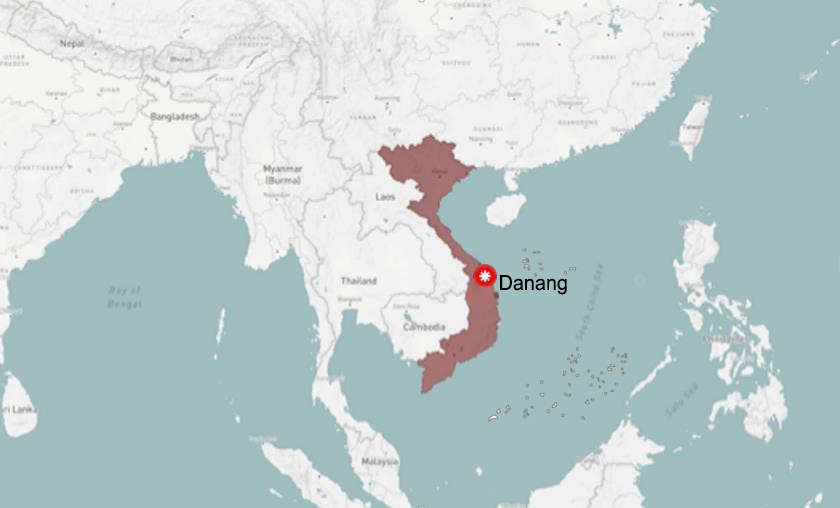
Da Nang City is located in the geographical center of Vietnam. It is one of 63 provinces and centrally-run cities and is a major socio-economic center of the Central region. Da Nang City stretches from 15°15' to 16°40' North and from 107°17' to 108°20' East, located in the middle of the country, on the North-South traffic axis of road, rail, sea and air. Da Nang is shaped as an important urban hub in Central Vietnam to complement Hanoi and Ho Chi Minh City.
Da Nang is 764 km north of Hanoi, 964 km south of Ho Chi Minh City, and 108 km northwest of Hue. Da Nang borders Thua Thien Hue province to the north; Quang Nam province to the south, and Quang Ngai province to the south. Together, these four provinces and cities form the greater Da Nang region with a total population of about 5.8 million people.
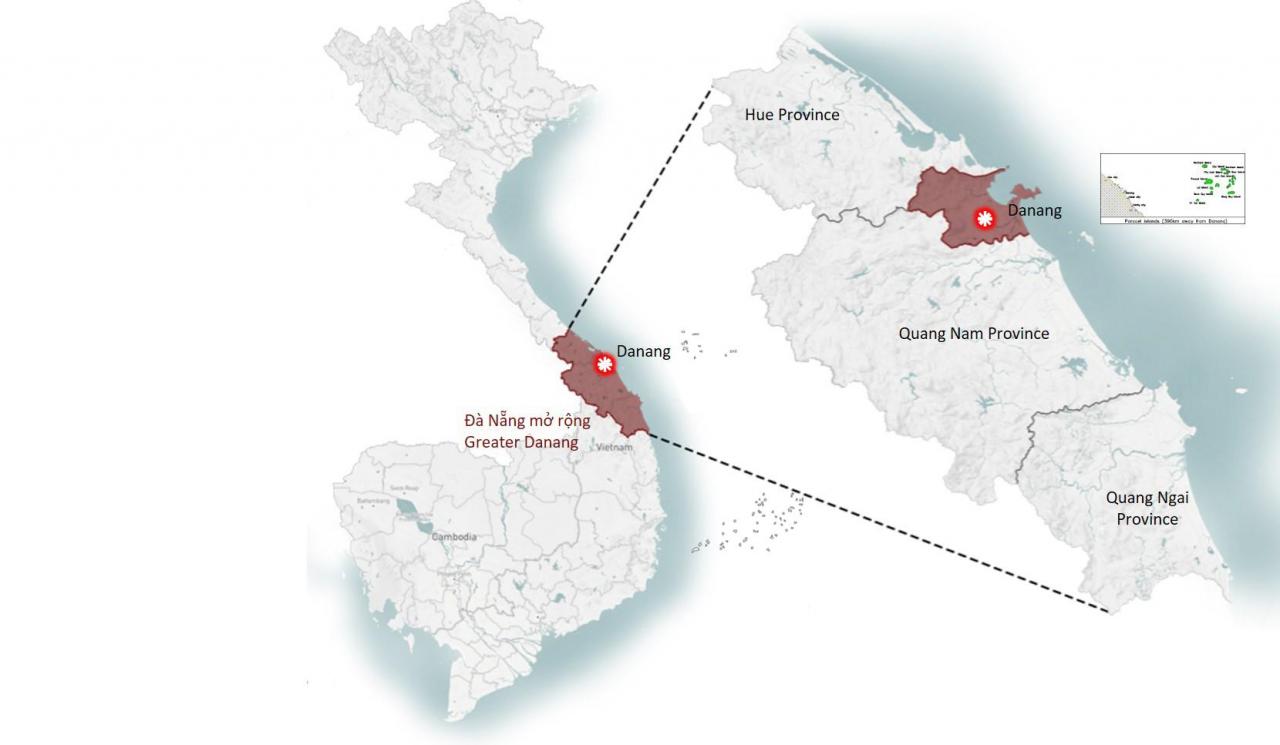
In addition, Da Nang is also the center of three famous world cultural heritages: Hue Imperial City, Hoi An Ancient Town and My Son Sanctuary. Regionally and internationally, Da Nang is one of the important gateways to the sea of the Central Highlands and the countries of Laos, Cambodia, Thailand, and Myanmar through the East-West Economic Corridor (EWEC) with the end point at Tien Sa Port. Located on one of the major international sea and air routes, Da Nang city has a particularly favorable geographical position for vibrant and sustainable development.
Da Nang is also an important transit gateway for Laos (a landlocked country) and an alternative route for Thailand and Myanmar to access the South China Sea. In addition, Da Nang has direct flights to other regional hubs such as Shenzhen, Bangkok, Hong Kong and Singapore.
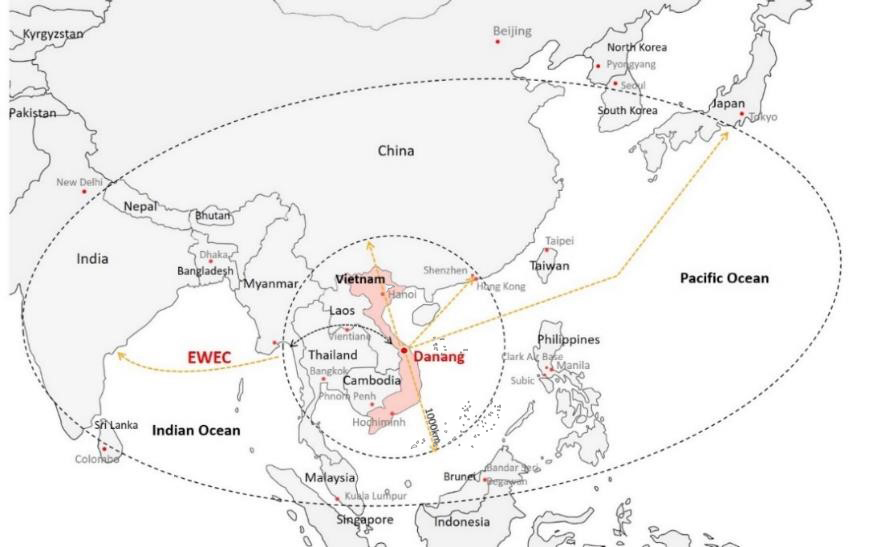
Location of Da Nang city in the East-West economic corridor of ASEAN
Location of Da Nang city in Vietnam and neighboring countries
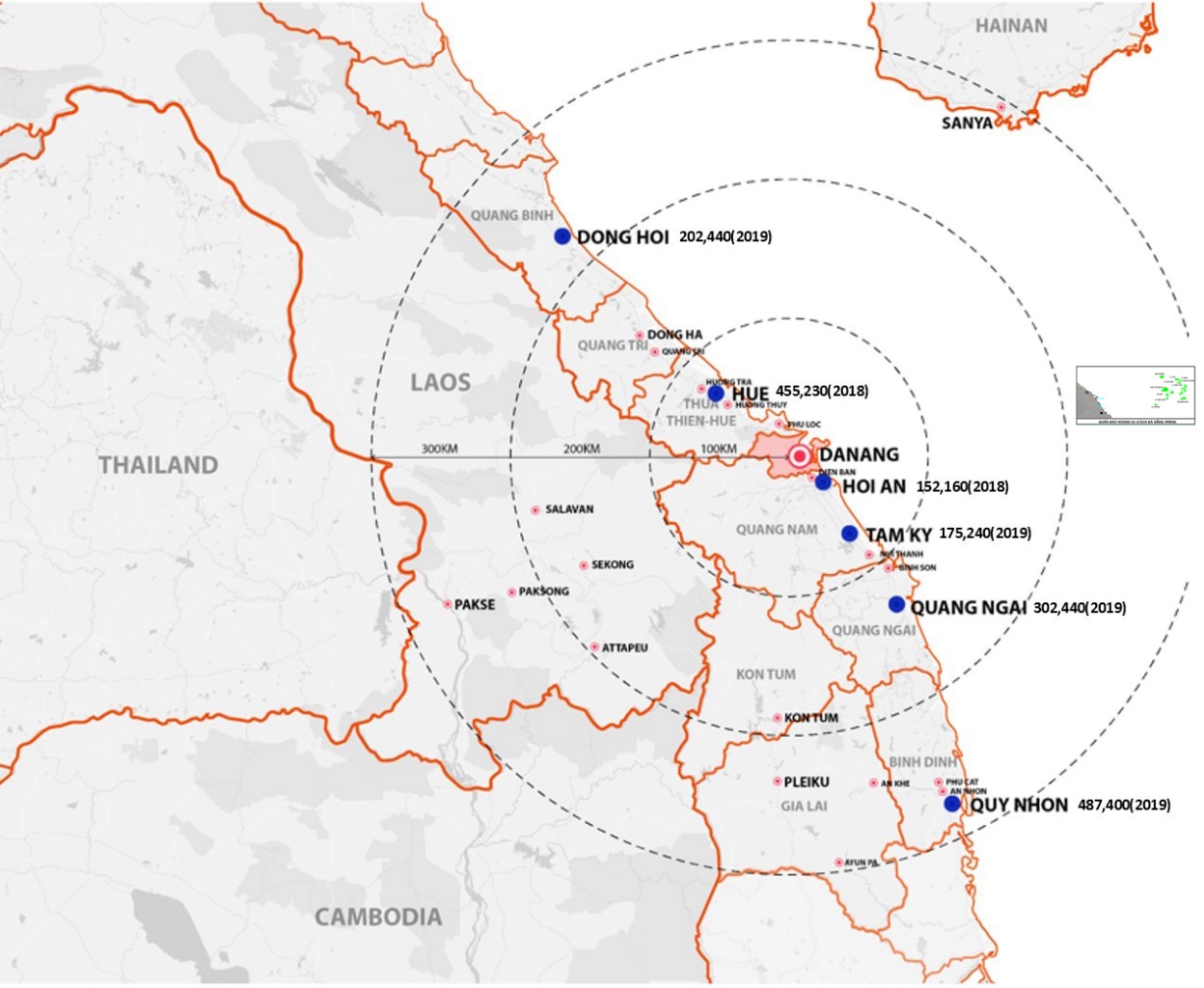
Da Nang is well connected to the region and important infrastructure through established transport corridors. The East-West Economic Corridor includes a national highway connecting Laos, Thailand and Myanmar to Da Nang, with Da Nang as the eastern gateway. This enhances Da Nang’s connectivity with neighboring countries in the Indochina region.
The most important route in Vietnam is National Highway 1, which connects the important coastal cities from North to South of Vietnam, including the provinces surrounding Da Nang. In addition, there is a North-South Expressway that will run parallel to National Highway 1, National Highway 14B and the Ho Chi Minh Road running along the inland border to the South of Vietnam, connecting Da Nang with cities such as Kon Tum, Pleiku, Buon Ma Thuot.
The current national railway network runs only in a north-south direction, connecting major cities in Vietnam along the coastline. Da Nang has the potential to develop regional rail connections to enhance its logistics and transport capacity.
Road and railway connections in Central Vietnam
Currently, Da Nang is the 3rd busiest international airport in Vietnam, with many international and domestic connections. Within a radius of 300km from Da Nang, there are 5 airports in Central Vietnam and 1 in Laos, of which Da Nang is the largest airport.
Domestic and international connections to Da Nang airport
| Airport | City | Connect | |
| Da Nang International Airport | Da Nang | International, Domestic | As shown above |
| Phu Bai International Airport | Hue | Inland | Da Nang, Hanoi, Ho Chi Minh, Da Lat |
| Chu Lai International Airport | Tam Ky | Inland | Hanoi, Ho Chi Minh City |
| Phu Cat Airport | Quy Nhon | Inland | Hanoi, Ho Chi Minh City, Hai Phong |
| Pleiku Airport | Pleiku | Inland | Hanoi, Ho Chi Minh, Hai Phong, Da Nang, Vinh |
| Pakse International Airport | Pakse | International, Domestic | Bangkok, Ho Chi Minh, Siem Reap, Luang Prabang, Savannakhet, Vientiane,… |
Table: Airport connections around Da Nang city
GENERAL PORTAL FOR E-COMPUTERNATIONAL INFORMATION
(REFERENCE FROM THE EXPLANATORY COMMITTEE FOR ADJUSTING THE GENERAL PLAN OF DA NANG CITY TO 2030, WITH A VISION TO 2045; STATISTICAL YEARBOOK: 2018 - 2019)


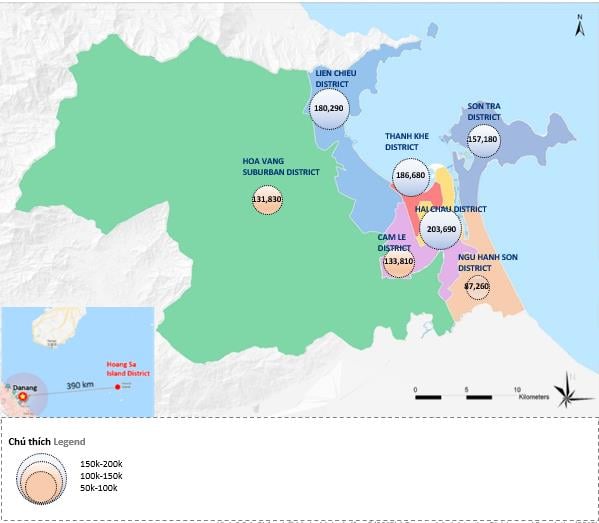
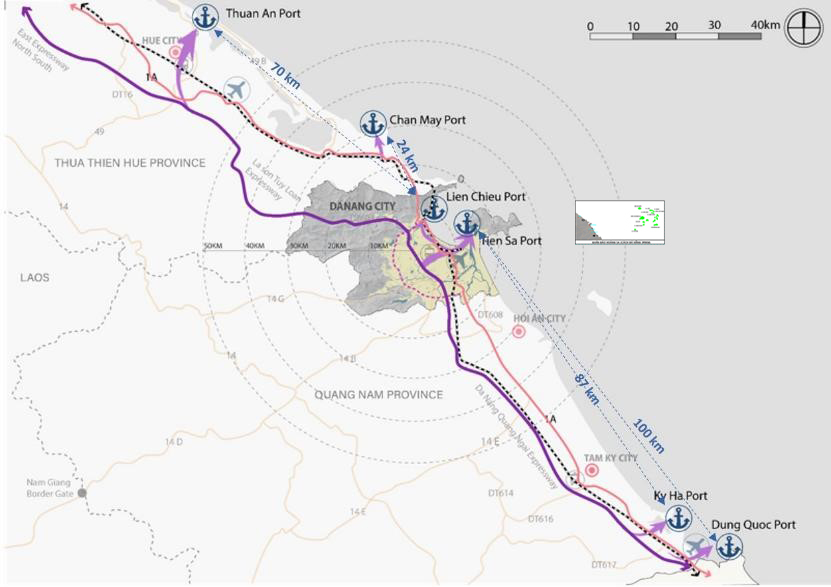
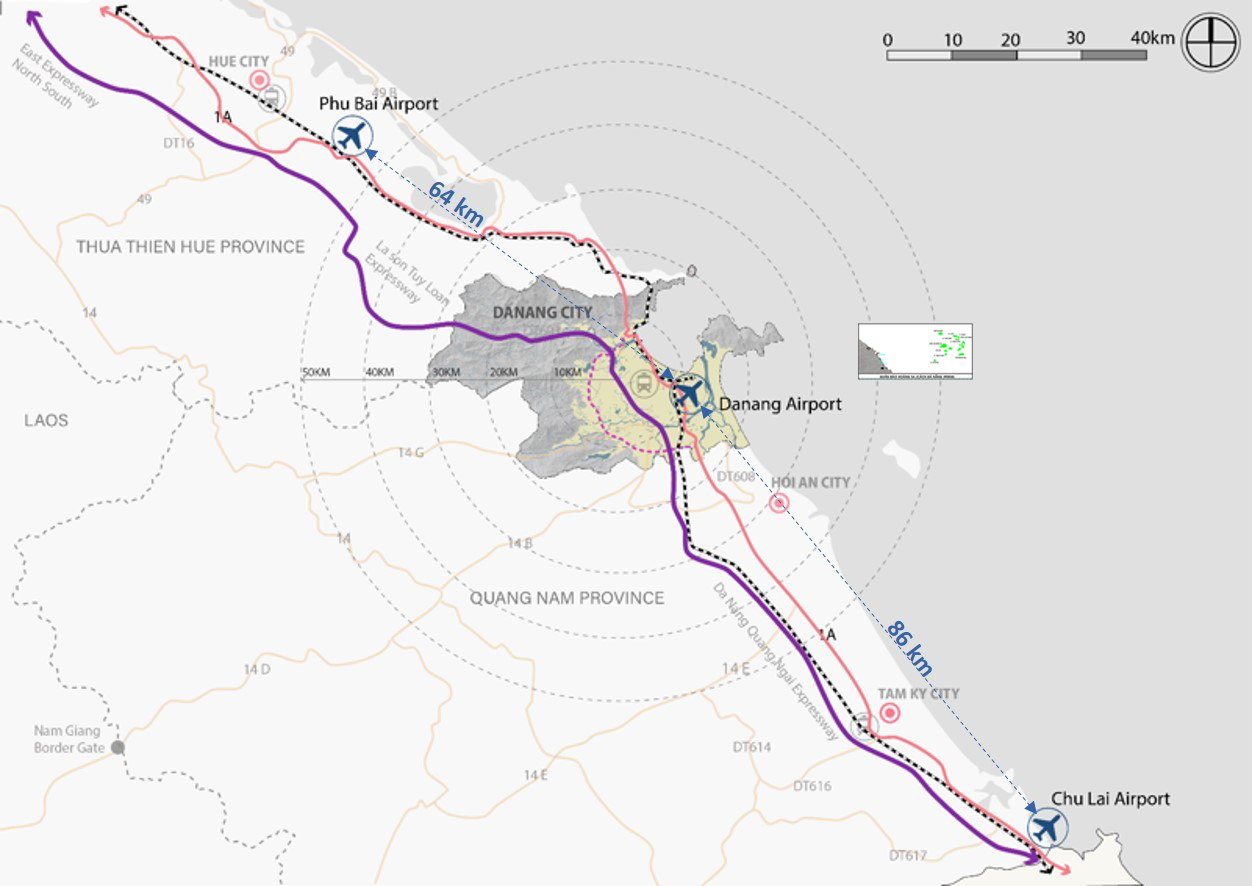
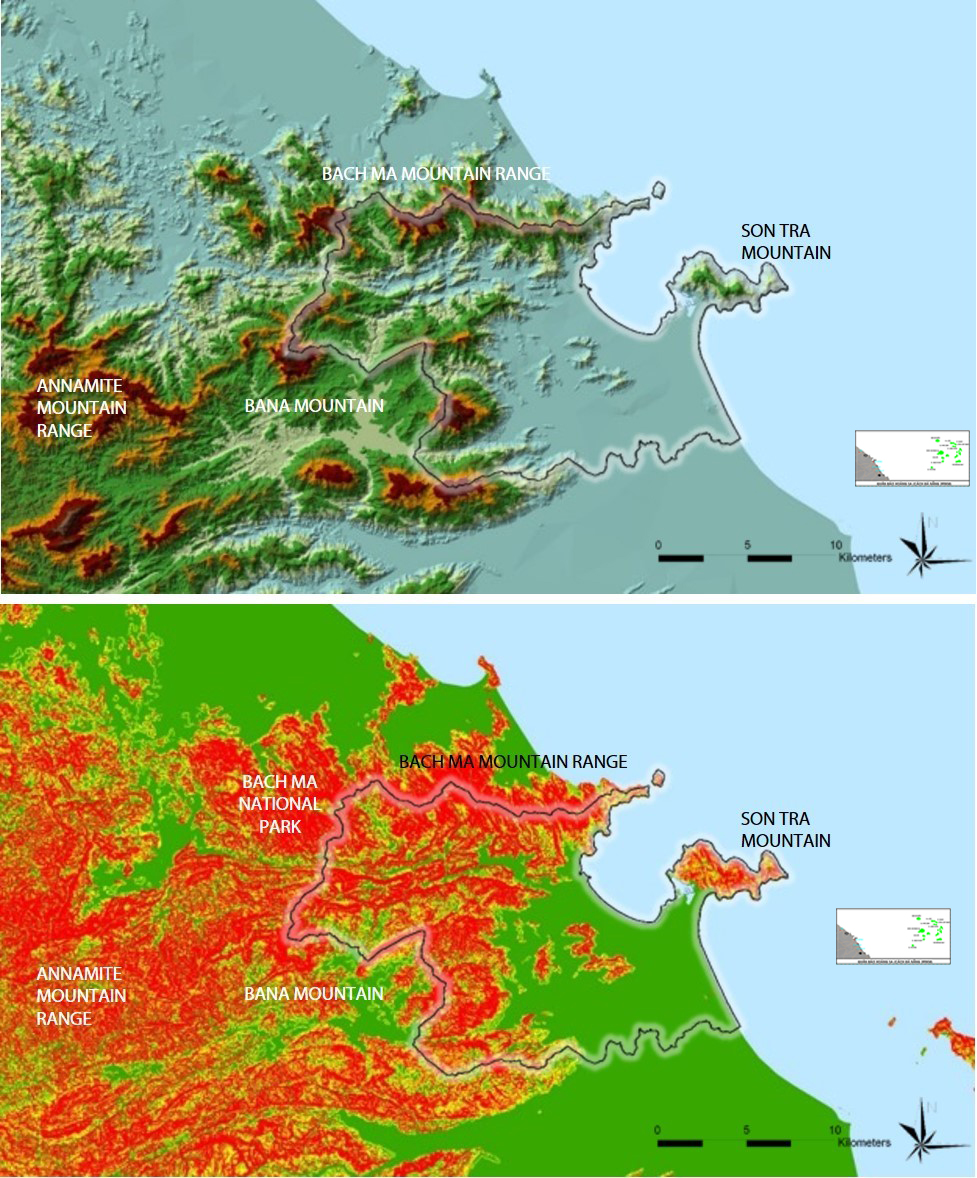
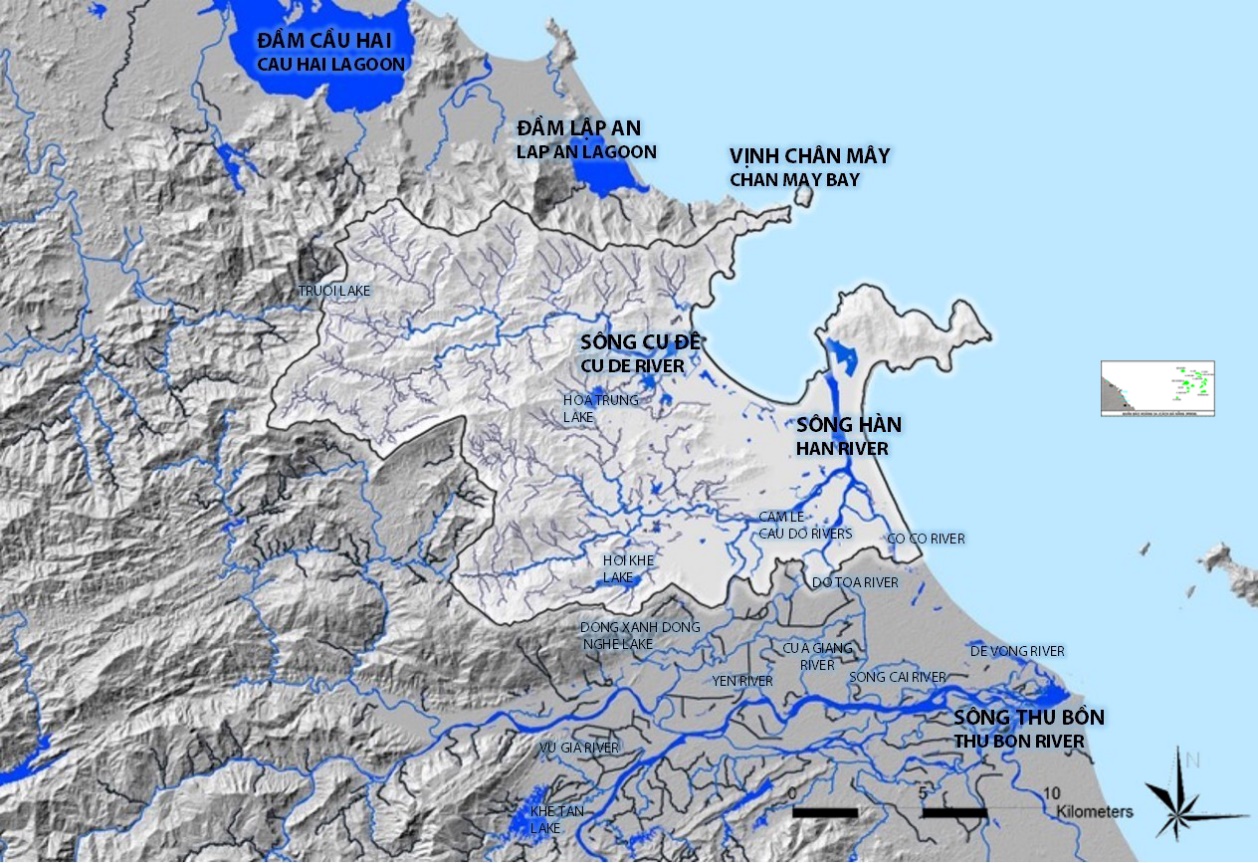
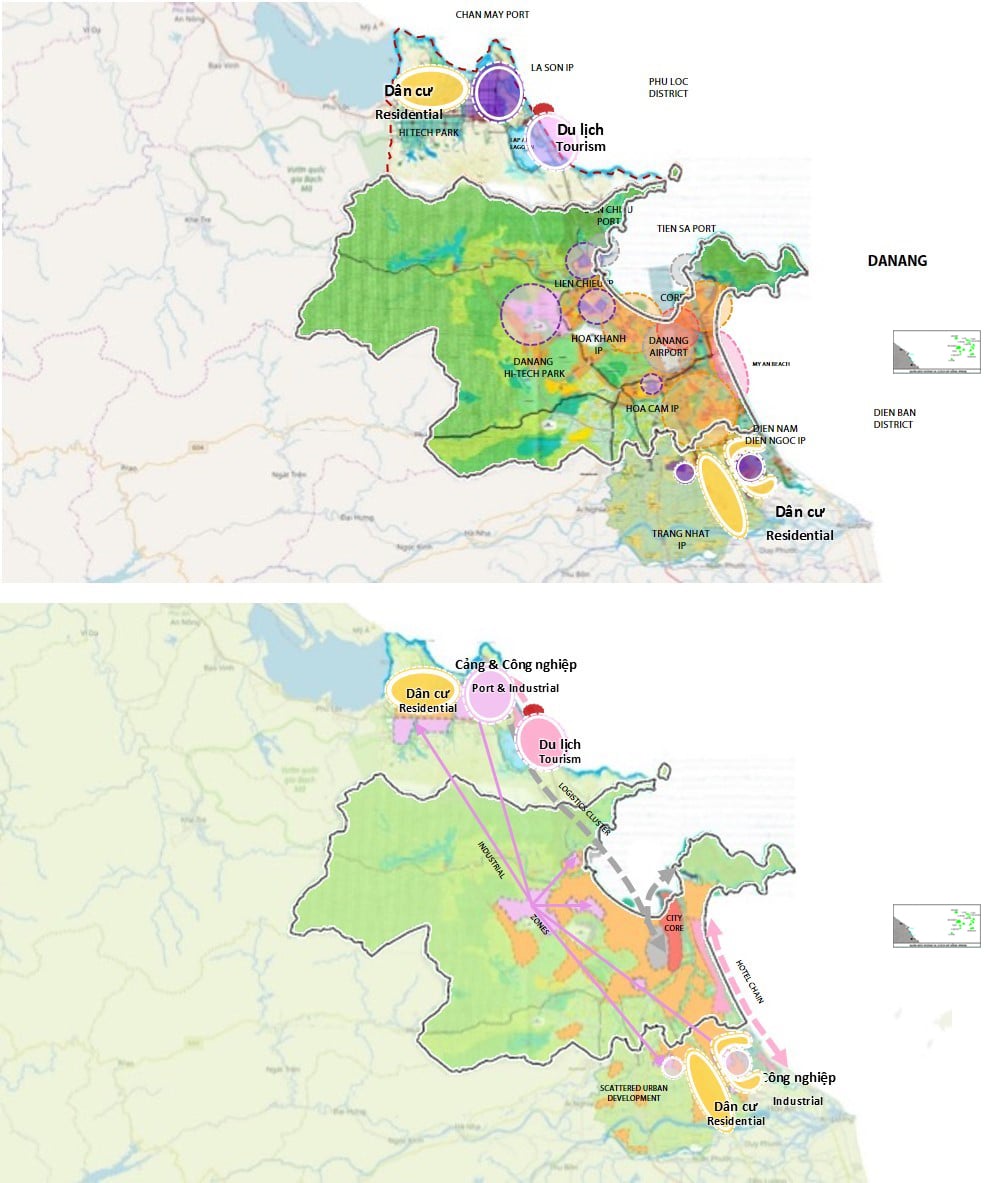
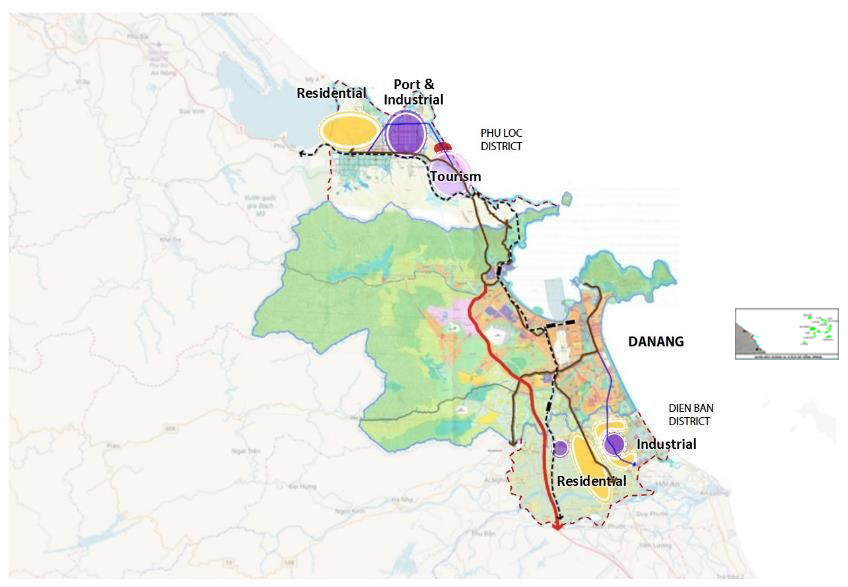
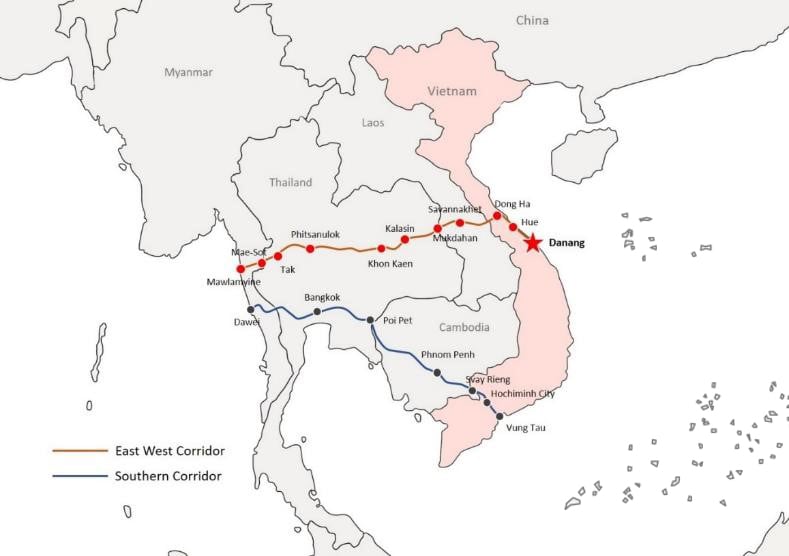
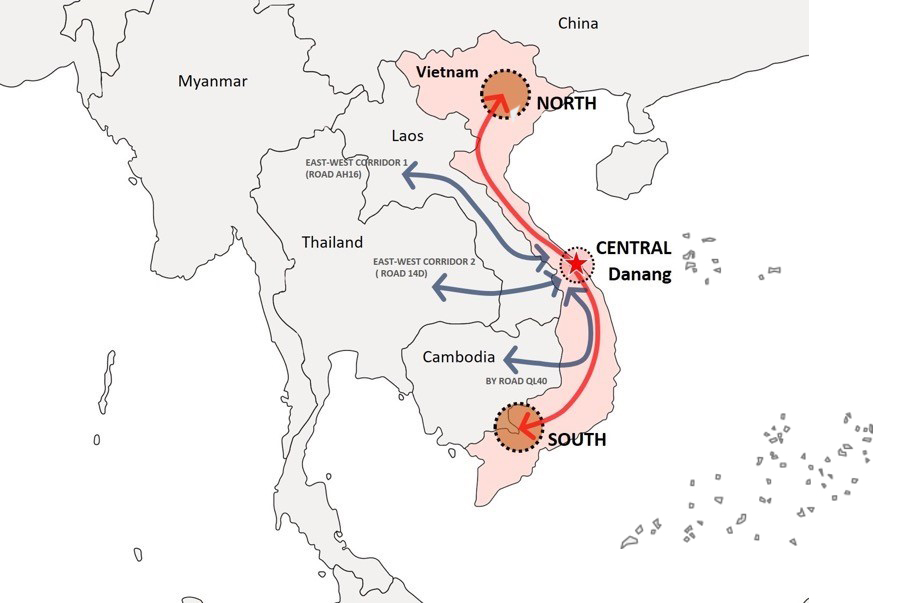
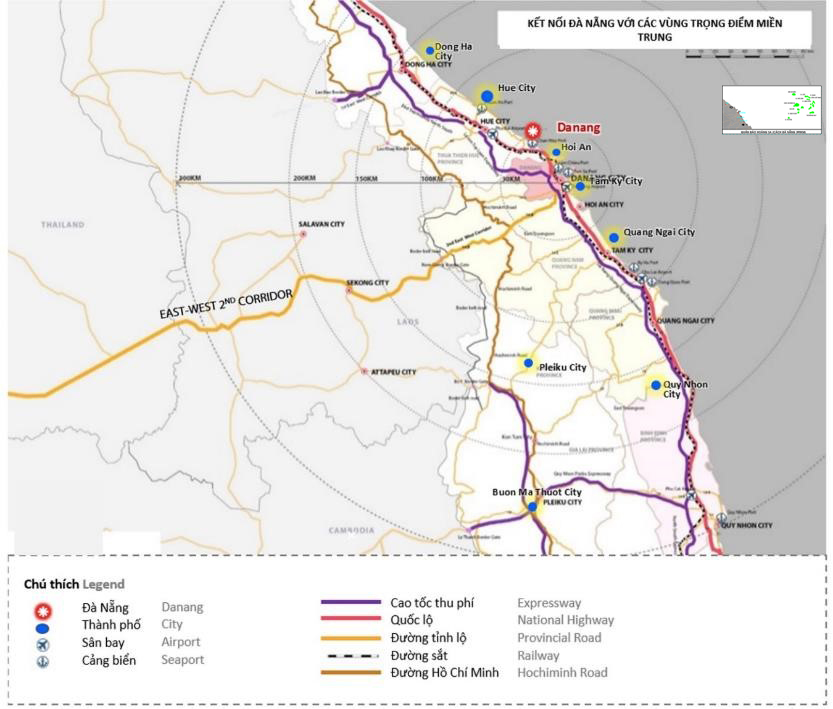
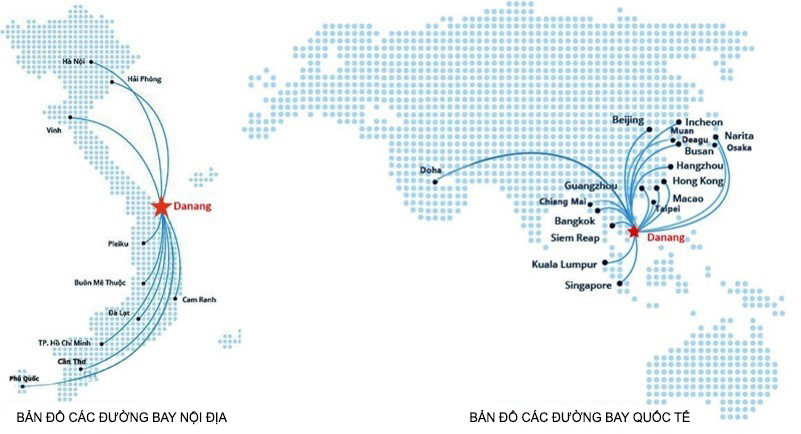





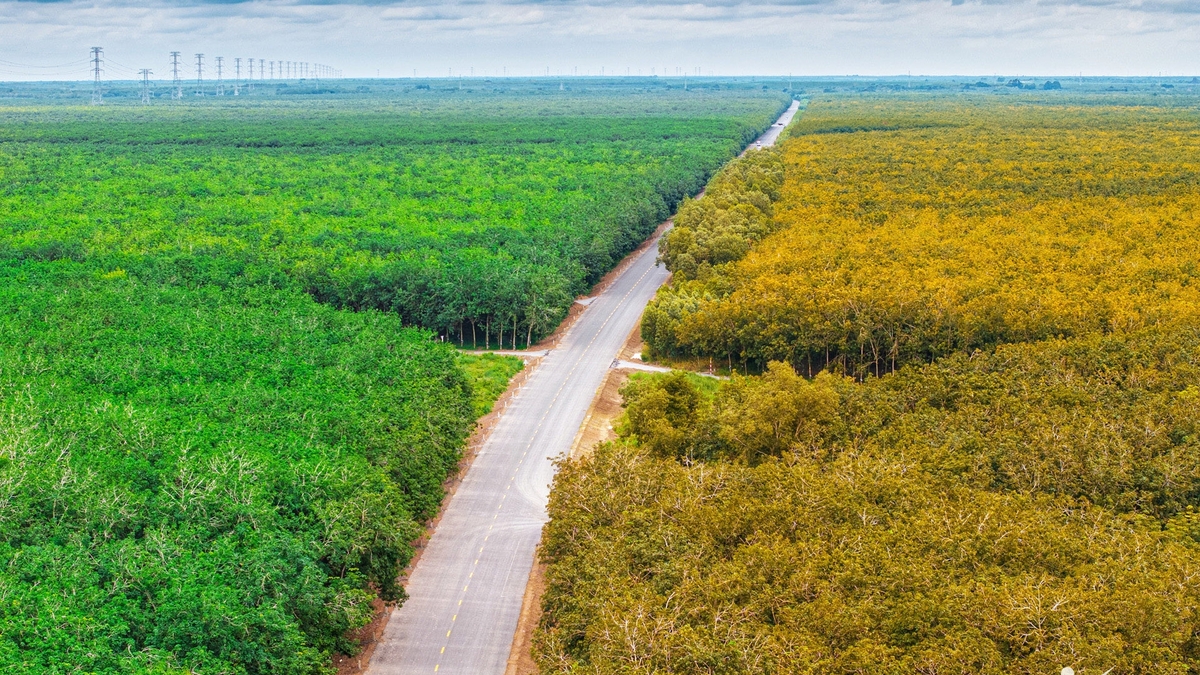
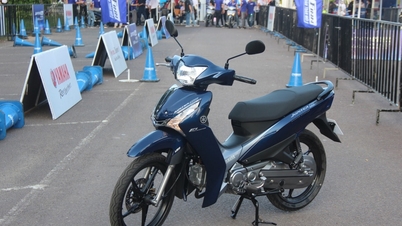











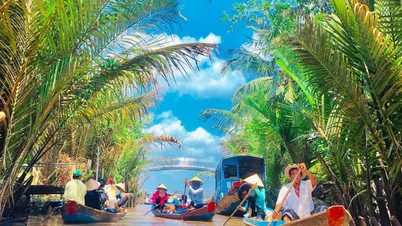










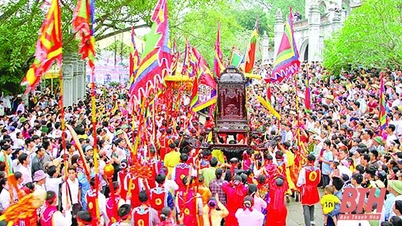





























































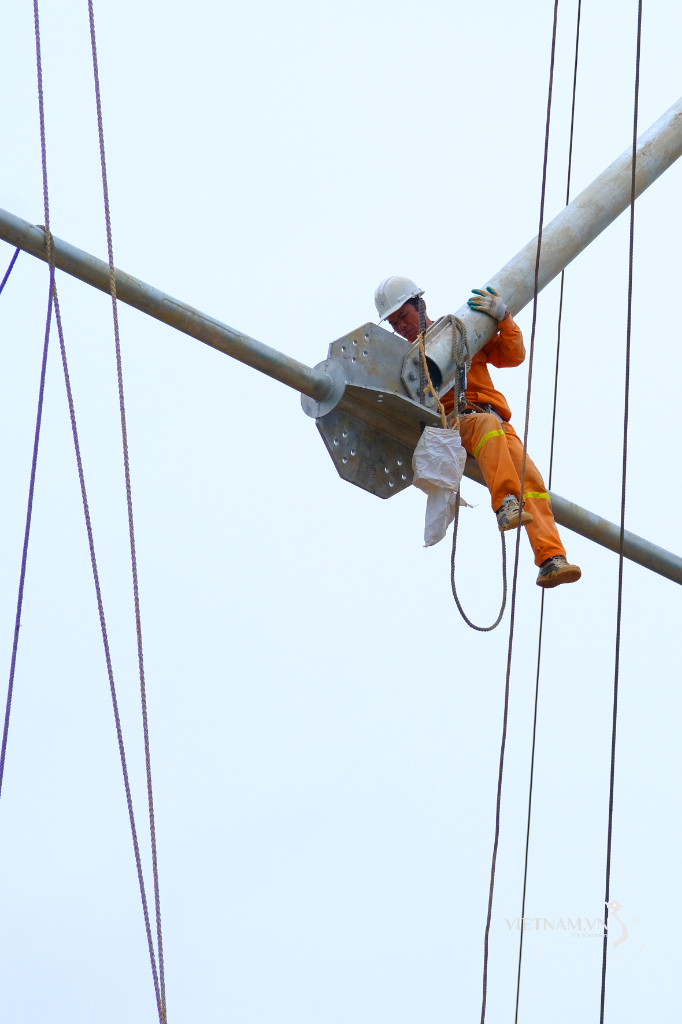

Comment (0)